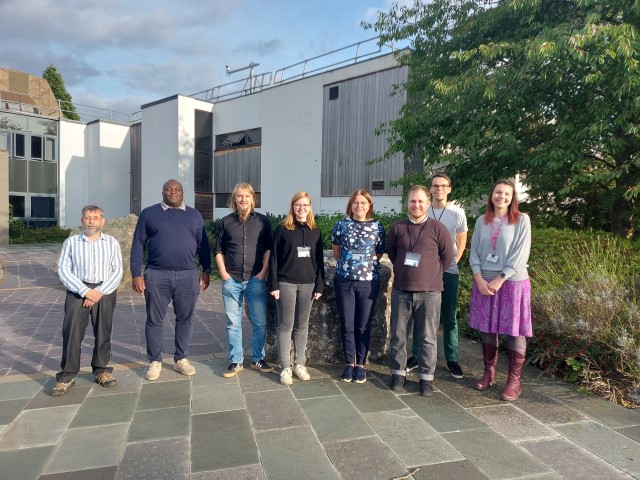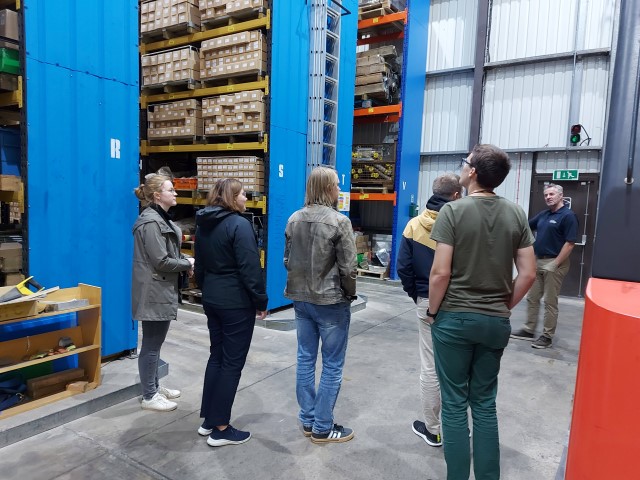The EGT-TWINN project
The project aims to develop state-of-the-art geological, geochemical and geophysical survey skills, data management workflows, and subsurface modelling capability for exploration and geological resource assessment (including critical raw materials and geothermal energy) at EGT.
This capacity enhancement is to be implemented through several joint activities in collaboration with three leading European geological surveys - the Geological Survey of Finland (GTK), the Geological Survey of Denmark (GEUS) and the British Geological Survey (BGS). These activities include scientific conferences, professional exchanges and specialised training programs, including the course delivered by BGS in autumn 2023.
The Geological Survey of Estonia was established on the 1st of January 2018. Prior to its establishment, geological and other related research in the Republic of Estonia was fragmented, with operations scattered across the Mining Board and various other small companies. However, there is a long history of geological research in Estonia, with the first geological survey organisation Eesti Geoloogiline Komitee (Estonian Geological Committee) established in 1937 as part of the Ministry of Economic Affairs. In its current form, the EGT comprises three offices; Tallinn, Tartu and Rakvere, with a research centre at Arbavere.

Training course
The training course was delivered over four days at the BGS headquarters in Keyworth, Nottingham, with the NGDC sharing its expertise as a world-leading geological data centre. Multiple NGDC staff members took part in delivering presentations and workshops on a variety of topics, including database design, data standards, vocabularies, ingestion and accessioning, and research data management best practices.
NGDC staff welcomed six attendees from EGT, four members of the geoinformation department including three GIS specialists, one geologist, and two members of the hydrogeology department.
Included in the course was an opportunity for attendees to visit the National Geological Repository (NGR) to learn about data management in relation to drill core, and the repository’s core scanning facilities and borehole database. Similarly, a tour was provided of the data centre’s physical holdings including its extensive archive of records such as geological maps, field slips and paper reports dating back to the survey’s inception in 1835.

Hando-Laur Habicht, a senior GIS specialist at the Geological Survey of Estonia, attended the course and found the experience to be a positive one:
Participating in this workshop was an invaluable experience that not only provided us with a deeper understanding of data architecture and repositories but also fostered new meaningful connections with BGS specialists. It's a pivotal stepping stone for EGT's journey towards enhancing our capabilities and centralizing our data systems.
The next step in the project is for a professional exchange with NGDC staff visiting the EGT at the head office in Tallinn in 2024 to continue the knowledge-sharing activity.